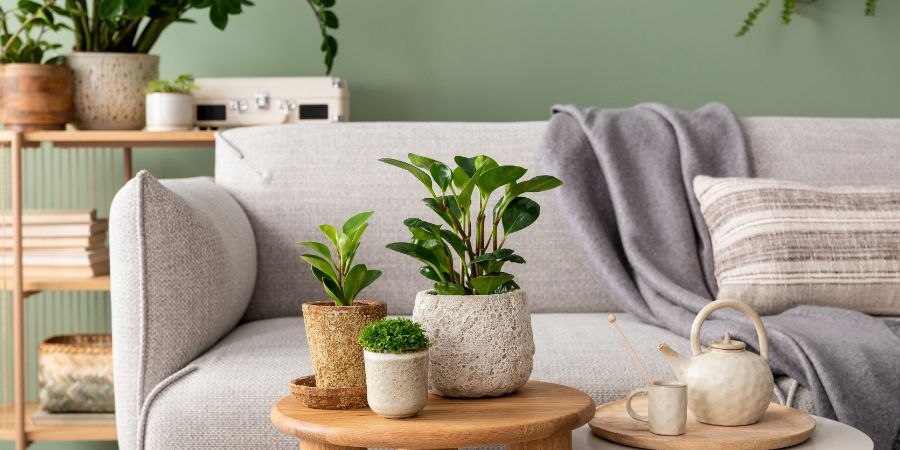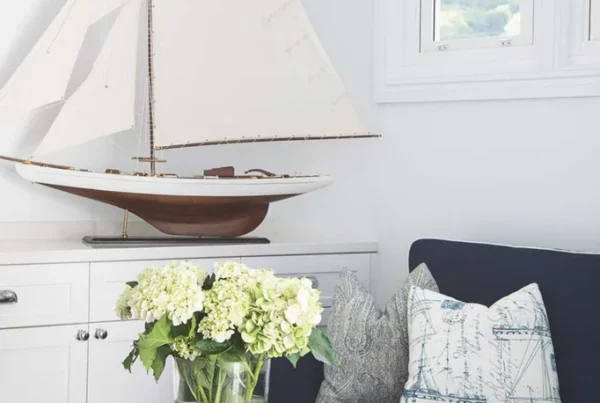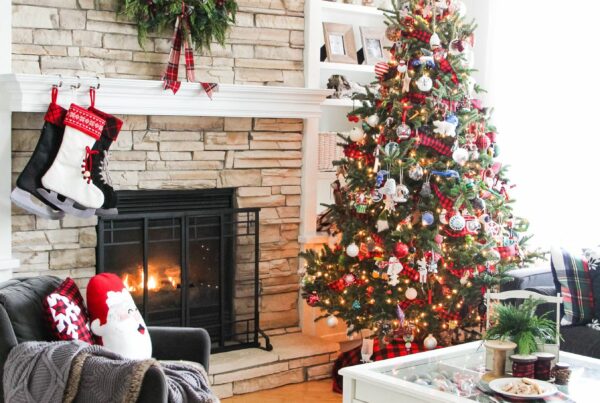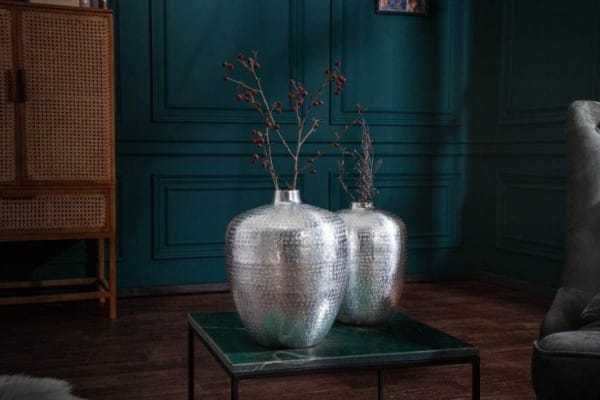Table of Contents
25 OF THE BIGGEST HOME STAGING MISTAKES TO AVOID
When it comes to selling your home, first impressions matter. Home staging is a crucial step in the selling process, as it helps potential buyers envision themselves living in the space. However, there are common mistakes that many homeowners make when staging their homes, which can actually turn off buyers rather than attract them. In this article, we will highlight 25 of the biggest home staging mistakes to avoid to ensure your property looks picture-perfect and appealing to potential buyers.
1. Neglecting curb appeal
The first thing potential buyers see is the exterior of your home. Neglecting curb appeal can instantly turn off buyers before they even step inside. Make sure your lawn is well-maintained, the exterior is clean and inviting, and consider adding some potted plants or flowers for a welcoming touch.
2. Overpersonalizing the space
While your personal style is important, when staging your home for sale, it’s essential to create a neutral and inviting space that appeals to a wide range of buyers. Remove personal photos, bold paint colors, and any clutter that can distract buyers from seeing the potential of the space.
3. Ignoring repairs
Leaky faucets, chipped paint, and broken fixtures can give the impression that your home is not well-maintained. Make sure to address any necessary repairs before putting your home on the market to avoid turning off potential buyers.
4. Cluttered spaces
Clutter can make your home feel small and chaotic. Clear countertops, closets, and other surfaces to create a sense of openness and cleanliness. Consider renting a storage unit to store excess items during the selling process.
5. Poor lighting
Dark and dimly lit spaces can feel uninviting to potential buyers. Make sure to maximize natural light by opening curtains and blinds, and add additional lighting where needed to brighten up the space.
6. Ignoring odors
Unpleasant odors, such as pet smells or cooking odors, can be a major turn off for potential buyers. Make sure your home smells fresh and clean by airing out the space, using air fresheners, and removing any sources of bad smells.
7. Incorrect furniture placement
Furniture that is too large or too small for a space can make it feel awkward and unbalanced. Arrange furniture in a way that maximizes the flow of the room and highlights its best features.
8. Not emphasizing key selling points
Every home has its unique selling points, whether it’s a beautiful fireplace, a stunning view, or a spacious kitchen. Make sure to highlight these features when staging your home to attract buyers’ attention.
9. Ignoring the power of staging
Some homeowners believe that staging is unnecessary or too expensive. However, studies have shown that staged homes sell faster and for more money than unstaged homes. Investing in professional staging can make a significant difference in the selling process.
10. Neglecting the backyard
Many homeowners focus on staging the interior of their homes and forget about the backyard. Make sure your outdoor space is well-maintained, with trimmed bushes, a clean patio, and inviting outdoor furniture.
11. Using outdated decor
While you may love your vintage wallpaper or retro furniture, outdated decor can make your home feel old and unappealing to buyers. Consider updating your decor to create a more modern and fresh look.
12. Too much personal taste
While adding personal touches can make a house feel like a home, too much personal taste can overwhelm potential buyers. Keep decor simple and neutral to appeal to a wider audience.
13. Lack of focal points
Every room should have a focal point that draws the eye and creates visual interest. Whether it’s a piece of artwork, a statement piece of furniture, or a stunning light fixture, make sure each room has a focal point that highlights its best features.
14. Not maximizing space
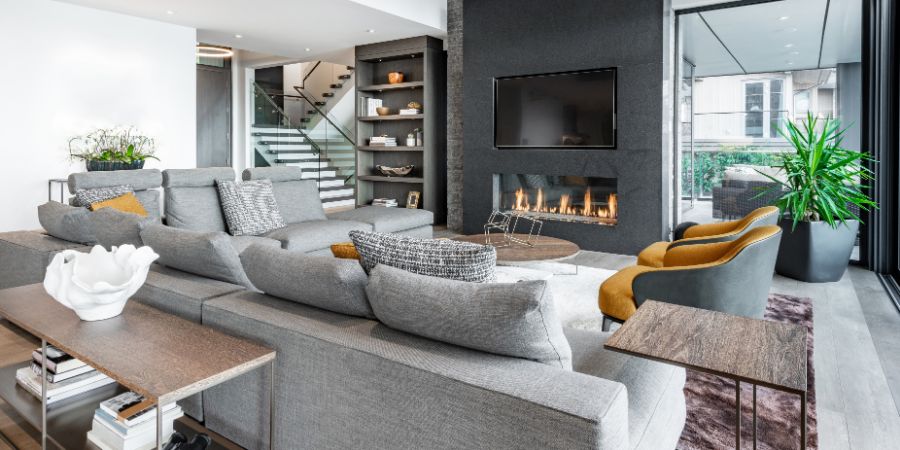 Make sure to maximize the space in each room by removing excess furniture, decluttering, and arranging furniture in a way that creates a sense of openness and flow.
Make sure to maximize the space in each room by removing excess furniture, decluttering, and arranging furniture in a way that creates a sense of openness and flow.
15. Ignoring the power of color
Color can have a significant impact on the mood and feel of a space. Choose neutral colors for walls and decor to create a calming and inviting environment that appeals to a wide range of buyers.
16. Too much personal decor
While family photos and personal mementos are meaningful to you, they can be distracting to potential buyers. Remove personal decor and keep the focus on the features of the home.
17. Neglecting the details
Small details, such as fresh flowers, decorative pillows, and scented candles, can make a big difference in how a space feels. Pay attention to the details to create a welcoming and inviting atmosphere.
18. Not cleaning thoroughly
A clean home is essential when staging for sale. Make sure to deep clean every surface, from floors to ceilings, to create a fresh and inviting space that buyers will love.
19. Too much furniture
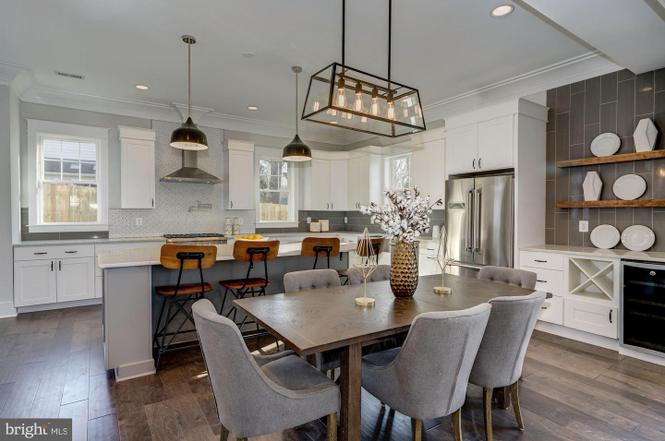 Overcrowded rooms can make a space feel small and cramped. Remove excess furniture to create a more spacious and open feel that will appeal to buyers.
Overcrowded rooms can make a space feel small and cramped. Remove excess furniture to create a more spacious and open feel that will appeal to buyers.
20. Neglecting the bathroom
The bathroom is an important selling point in any home. Make sure it is clean, well-stocked, and inviting, with fresh towels, a clean shower curtain, and minimal personal items.
21. Not updating outdated fixtures
Old fixtures, such as faucets, light fixtures, and cabinet hardware, can make your home feel dated. Consider updating these fixtures to create a more modern and fresh look.
22. Ignoring the power of scent
A pleasant scent can make a big difference in how a home feels. Consider using air fresheners, scented candles, or fresh flowers to create a welcoming and inviting atmosphere.
23. Not considering the flow of the space
The flow of a home is essential to how it feels and functions. Make sure to arrange furniture in a way that creates a natural flow from room to room, highlighting the best features of each space.
24. Lack of curb appeal
The exterior of your home is the first thing potential buyers see. Make sure it is clean, well-maintained, and inviting, with fresh paint, a well-manicured lawn, and welcoming entryway.
25. Ignoring professional help
While you may be able to stage your home yourself, professional help can make a significant difference in how your home is perceived by potential buyers. Consider hiring a professional stager to ensure your home looks its best and sells quickly.
In conclusion, avoiding these 25 home staging mistakes can help ensure your property looks its best and appeals to a wide range of potential buyers. By creating a clean, neutral, and inviting space, you can increase the chances of selling your home quickly and for top dollar.
Interesting Facts about Home Staging:
- Home staging was first popularized in the 1970s by Barb Schwarz, who founded the International Association of Home Staging Professionals (IAHSP).
- Staged homes spend 73% less time on the market compared to non-staged homes, according to a study by the Real Estate Staging Association (RESA).
FAQs about Home Staging:
Q: Is home staging really necessary?
A: Yes, home staging can make a significant difference in how quickly and for how much your home sells. Staged homes tend to attract more buyers and sell for a higher price.
Q: How much does professional home staging cost?
A: The cost of professional home staging can vary depending on the size of your home and the extent of the staging needed. On average, home staging can cost anywhere from $500 to $5000.
Q: Can I stage my home myself?
A: While you can certainly stage your home yourself, professional help can ensure your home looks its best and appeals to a wider range of buyers. Consider hiring a professional stager for optimal results.
Q: How far in advance should I start staging my home?
A: It’s recommended to start staging your home as soon as possible, ideally before listing it on the market. This will give you more time to prepare and ensure your home looks its best for potential buyers.


